You know what they say about invention being the product of necessity? Well, I had a pound of ground beef, and some sorry-looking vegetables that were on their way out the door. Something told me that a meatloaf was in order!
Meatloaf can be wonderful, homey, comfort food that you just dig into and feel satisfied beyond words after eating.
Or, it can be dry, bland (or overly seasoned), chewy, tough, and about a dozen other unappealing adjectives. I tried to solve all of these issues with my recipe and I think I did a pretty good job! You will have to make it to see for yourself.
Ingredients:
Meatloaf:
1 lb ground beef (80/20 is preferable, but definitely no leaner than 85/15)
1 large carrot, diced fine
1 large rib of celery, diced fine
1 medium onion, diced, you guessed it, fine (Yellow or red is fine)
1 clove of garlic, minced
1 tsp dried thyme
1 piece of white sandwich bread, crusts removed
1/4 cup milk
1 large egg
1 tbsp. Worcestershire sauce
1 tsp Dijon mustard
1 tsp tomato paste
1/2 cup panko breadcrumbs
1 tsp oil
1 tsp butter
salt and papper
Glaze:
1/4 cup plus 2 tbsp. ketchup
1.5 tbsp. cider vinegar
1/4 tsp salt
1 tbsp. brown sugar
pinch of cayenne pepper
**I know these ingredient lists look long, but if you actually take a look at what's on them, it's almost all things that you have on hand already.
Because I know the importance and value of leftover meatloaf, I will tell you that this recipe makes enough for 2 with leftovers, or enough for 3 or 4 without. It's a little guy; hence, the little red meatloaf! I'd wager that you could easily double this recipe, but you may have to adjust your cooking times.
Step 1:
Pre-heat the oven to 350 degrees. Line a rimmed baking sheet with parchment paper.
Melt the butter and oil together over medium-low heat, then sauté the carrot, onion, and celery with a tsp of salt for 6-7 seven minutes, until they are softened and translucent. We're not looking to brown here.
Then add the garlic and thyme and cook for 30 seconds, until fragrant. Remove from the heat and set aside. Step 2:
Put the piece of bread in a large bowl and pour the milk over it. Mash this up with a spoon or fork. Looks gross and unnecessary, doesn't it? Well, this mixture is called a panade, and as that milk-soaked bread distributes throughout the meatloaf, it's going to ensure that it stays moist. It's just as effective in meatballs too!
To this bowl, add the egg, Worcestershire, tomato paste, Dijon mustard, 1/2 tsp salt and 1/2 tsp pepper. Stir to combine.
Step 3:
Add the vegetables from the pan to the bowl, followed by the ground beef and the breadcrumbs. This is where you want to mix the meatloaf together, preferably with your hands. It's pretty critical that you are gentle in this process. Don't compact the meat or overwork it; this is what produces that tough, chewy loaf in the end product. Instead you want to use your fingers to mix until everything is just combined.
Step 4:
Turn the mixture out onto the parchment, and shape into a loaf. This is where the parchment comes in handy. Bring the sides of the parchment up and use them to gently press the meat into the shape you want. Bake for 20 minutes at 350, then turn the oven up to 400 degrees and cook for an additional 15 minutes, or until the meat registers about 140 degrees, if you have an instaread thermometer (which I recommend having in your kitchen!). Step 5:
While the meat is cooking, you want to prepare the glaze, which is super easy. Simply add all of the glaze ingredients into a small saucepan and whisk to combine. Bring to a simmer, then reduce the heat to medium-low and simmer for 10 minutes, until the mixture has darkened, and thickened. A good trick is to hold the pan upright, and if the glaze doesn't slide down the bottom but clings to it, you are there. Step 6:
Just set the glaze aside, and once the meatloaf has cooked for those initial increments at 350 and 400, pull it out and paint the top and sides of the meatloaf with the glaze. Then crank the broiler on and bake for about 3 minutes, until the glaze has darkened even more and formed a tantalizingly sticky exterior.
Pull the meatloaf out and let it rest for 5 to 10 minutes before digging in! This meatloaf has great beefy flavor, with subtle kicks of the Dijon, Worcestershire, garlic, and veggies in the background. The glaze adds a great tangy, sweet contrast, and actually if you don't feel like making it yourself, substitute your favorite barbeque sauce. Or even just ketchup and brown sugar would work fine. Just serve it up with mashed potatoes and a nice glass of wine, and I don't think comfort food gets more comforting than that.
~Lauren
It is Monday. Note my specific avoidance of the phrase "Happy Monday". I don't want to be a downer, but Monday mornings are tough, and if you are like me, you are not fully yourself until well after lunchtime.
Believe it or not, having breakfast is a big part of feeling ready to tackle your day. It seems so easy to skip this meal in favor of sleeping in an extra 15 minutes, or grabbing some greasy breakfast sandwich at a fast food joint (I'll admit this is a guilty pleasure on special occasions), but trust me, with either of these options, you are not doing yourself any favors.
I work/study from home, so you'd think it would be easy for me to whip up a fabulous breakfast of eggs and homemade scones every morning, but I've got a schedule to keep to just like everybody else, and if I barely have the energy to shower when that alarm goes off, I'm certainly not going to make a gourmet meal either. However, I do have the energy to press a button, and that's why I love my go-to energizer breakfast, the smoothie!
There are probably thousands of smoothie recipes under the sun, and you should definitely experiment to find the fruits and add-ins that you like, but my Rise and Shine! Smoothie points out a few key things. First of all, frozen fruit. Gasp! But seriously, there is no harm or shame in using it. For one thing, I don't know about you but I don't live in a paradise where fresh Summery fruits are available year round. And a lot of the time, not to burst any bubbles, the stuff they ship frozen is fresher than what you actually buy fresh. When you buy a pint of berries, you don't know how long they've been sitting in your grocery store, let alone how long they took to get there. But most frozen fruit is frozen at the peak of it's freshness, and that freshness is preserved in its icy state. So it's convenient and delicious. Not to mention, rather than adding ice to your smoothie, frozen fruit pulverizes to the perfect consistency. And a second thing to note in this recipe, you don't need a fancy expensive juicer. I have a cheap blender, and it does just fine.
Ingredients:
3/4-1 cup frozen whole strawberries
1 cup peaches, cut into 3/4-inch chunks (I used fresh today, because I happened to have it, but frozen works fine)
1/4 cup yogurt (Anything goes here. You can use what you have on hand; today for me it was mixed berry.)
1/4 cup unfiltered apple cider
*This will make about 12 ounces, or 1.5 cups.
Step 1:
Throw the fruit into the blender, followed by the yogurt and apple cider. Step 2:
Blend on a high setting for about 15 seconds, until smooth and creamy. Note, sometimes you may have to add a bit more liquid to the mix. If after 15 or 20 seconds the concoction is still chunky and well, NOT a smoothie, drizzle in a bit more cider.
This smoothie is smooth, cold, sweet and slightly tangy. In a word, delicious. Oh, one last thing about this recipe: Don't ever let a recipe hold you back, even this one! If you like plain Greek yogurt, use that. Or omit it entirely if you want. Don't have apple cider, but you have V8 Splash? Great, throw that in instead. Allergic to strawberries but you've got another frozen berry blend in your freezer? Fantastic.
Recipes are guidelines, but they aren't set in stone. You may have to play around with ratios to get the consistency exactly as you want it, but that's fine! That's what cooking is all about, learning the basics and building on them to suit your taste, your life, your pantry.
Maybe, just maybe, it's a Happy Monday after all...
~Lauren
In the early years of my culinary life, I wasn't really one for slow-cookers, and in the early years of my whole life, the same could be said of pork. Pork is dry, pork is flavorless, and pork chops are a poor man's steak. Right?
Wrong!
Believe it or not, pork is a unique meat that needs to be treated and cooked very differently than chicken or beef. And when you get it right, oh how the magic does happen. Magic like my slow cooker pork au jus. Here's what you need.
Ingredients:
3-4 lb boneless pork shoulder/butt (yes, in the pig world, shoulders and butts are interchangeable)
4 cloves of garlic, crushed
1/2 cup chicken stock
1/4 cup white wine, something dry, and something that tastes good on its own (I used a California Sauvignon Blanc)
2-3 sprigs of fresh thyme
1.5 tbsp. vegetable oil
Spice Rub:
1 tbsp. sweet paprika
1 tbsp. Old Bay seasoning
1/2 tbsp. onion powder
1/2 tbsp. garlic powder
1 tbsp. kosher salt
1/2 tbsp. black pepper
I got the idea for this spice rub from a magazine article and I was completely intrigued with the concept of using Old Bay on pork. Who ever heard of such a thing?? And after playing around with ratios, I think I found an amazing rub. Even better, the ratios stay the same, so if you want to use it to smother, say, a bone-in rib chop, just halve the amounts and go right ahead!
Step 1:
Trim the pork roast of excess fat. By excess, I mean any fat that exceeds 1/4 inch thickness or is tough/sinewy. In this application though, fat is GOOD. Fat = flavor, and fat protects the meat during those long hours in the cooker, so don't go overboard.
Beautiful.
Step 2:
Apply the spice rub liberally to all surfaces of the meat, massaging it in as you go. Step 3:
I know this step is going to be controversial for a slow cooker recipe, but you'll just have to hear me out and trust me; and, trust the science!
Heat the vegetable oil in a large skillet or Dutch oven over medium high-high heat, until it's shimmering and very hot. Then brown the pork roast on both sides, for a total of 4-5 minutes, and transfer it to your slow cooker.
I know what you are thinking: I thought this was a slow cooker recipe? Set it and forget it and whatnot! Well, it is, and after this step, this becomes a hands-off recipe. But the thing is, there are certain flavor compounds in spices that are only unlocked by fat, in this case oil, and that oil needs to be HOT in order to 'bloom' those spices. It is worth this extra 5 minute step and a dirty pan to get that extra flavor out of your rub! Just look at the amazing crust you will develop on your pork. Like fat, that dark color = flavor!
Step 4:
That pork left behind some yummy brown bits, or fond, in the bottom of the pan, and you will want them for the au jus! So at this point, deglaze that sucker with the wine and 1/4 cup of the chicken stock, scraping up the crust on the bottom as you go. Bring to a gentle simmer and add the remaining 1/4 cup of chicken stock, the garlic, and the thyme. Then dump the whole mixture into the slow cooker with the pork, and that's it! Cook the pork on low for 8-9 hours. You will know when it's ready; when you poke it with a fork or tongs, it will literally be falling apart. At this point transfer the roast to a large bowl and let sit for 10 minutes, then break up the meat into large shreds with 2 forks. It is so juicy and tender at this point, it's unreal. Fish the thyme sprigs out of the cooker and toss them, and mash up the garlic cloves into the liquid. If you want to try to skim the fat off of the jus right away you can, but it's easiest once the jus has cooled down, so I just waited until the next day to do that. And speaking of the jus, you should have around 2 cups of this insanely flavorful liquid, just waiting for a pork sandwich to be dunked into it.
I used a 3.75 lb roast and it made enough pork for 10-12 sandwiches on small hamburger buns, which was all we had, though this really is preferable on a large Kaiser roll or a long roll, like French dip sandwiches get served in. On larger buns you will probably get around 8 sandwiches!
If you're like me and you've had a strong aversion to pork, I hope you will give the other white meat a chance!
Happy cooking,
Lauren
At the risk of sounding like an imperialist, ranch dressing just may be the greatest invention our country has given to the world. You're welcome, world. Somehow in recent history, this humble condiment has gone from a salad staple to an accompaniment of chicken wings, pizza, French fries, you name it. It's a wonderful blend of tang and creaminess, herbs and onions...well, it should be in theory. A lot of ranch sauces are insipid and heavy, or pretty bland, and while the original, Hidden Valley, is arguably the best bottled version out there, I'm hard pressed to think of a close second. But what if you made your own, and not only made your own, but used it as a dressing for that equal of American classics, potato salad?! I wanted a delicious and easy side dish to cook up for my Labor Day feast, and thanks to the good folks at Cook's Country, I got one in Ranch Potato Salad. Ingredients: 3 lbs red potatoes, peeled and cut into 3/4-inch chunks 3/4 cup mayonnaise 1/2 cup buttermilk (see our Peach Grunt post with quick steps on how to make your own) 1/4 cup white wine vinegar (if you don't have this, substitute plain white vinegar, or cider vinegar) 1/4 cup drained jarred roasted red peppers, chopped fine 3 tbsp. minced cilantro leaves (substitute fresh parsley if you absolutely don't like cilantro) 3 scallions, chopped fine 1 garlic clove, minced 1/8 tsp dried dill 2 tbsp. Dijon mustard
Step 1:
Put the potatoes in a pot and fill with water, enough to cover the potatoes by about an inch. Bring to a boil, then reduce heat to medium and simmer for 10 minutes, until the potatoes are tender but firm. A good test is, slide a paring knife into a potato chunk; it should go through cleanly and easily but the potato should not be falling apart or crumbling.
Step 2:
While the potatoes are simmering away, prepare the dressing. Add the chopped peppers, cilantro, and scallions to a large bowl. Add the mayonnaise, buttermilk, 2 tablespoons (half of the 1/4 cup) of the vinegar, the garlic, dill, 1 tsp of salt, and the pepper as well. Whisk to combine and set aside.
Step 3:
When the potatoes are finished cooking, drain them in a colander and let sit for a couple minutes so they dry off well. At this point, pour them out onto a rimmed baking sheet. Combine the remaining 2 tbsp. of vinegar, and the Dijon mustard in a small bowl, then pour this mixture over the potatoes and toss to thoroughly coat all of them. Refrigerate the pan until the potatoes are cool, 30 minutes.
The Science:
When the potatoes are hot they are ready and willing to absorb tons of flavor. This is why partially dressing them when they are still steaming is a good idea. They will take on the sharp bite of the Dijon and vinegar. Step 4:
After the 30 minutes are up, simply toss the cooled potatoes in the dressing, cover, and refrigerate until you are ready to serve! I promise you, it tastes as good as it looks. Happy cooking, and Happy Labor Day to all! ~Lauren P.S. Social media plug: Don't forget to follow us on Facebook, https://www.facebook.com/ourlittleredkitchen, and on Instagram, @thelittleredkitchen!
What can we say? Today is Friday and we're oh so happy! We want to share that happiness with you, so we're bringing you two fabulous vodka cocktails to kick off your weekend.
My cocktail loyalties lie with the bitter, the sour, and the fresh. You will never see me ordering a saccharine daiquiri or anything that is made with a 'mix'. Sour drinks should not be made with sour mixes, they should be made with fresh squeezed citrus, and if there is going to be fruit or vegetation in my drink, it has to be the real thing! That being said, I wanted to create a cocktail that is a perfect refresher for an end of Summer sip.
I was inspired by a drink I had while on vacation in Milwaukee, and believe it or not it had nothing to do with beer. So I present to you, the Cucumber Badger! It's a multi-step process, but then it's as easy as pouring and saying aaaah.
Cucumber-Infused Vodka
Ingredients:
1 750-ml bottle of vodka; preferably Skyy, Absolut, or Smirnoff
1 English or, seedless cucumber
1 large glass vessel (I got this gigantic mason jar from Michaels for about $3.50) This couldn't be easier! Peel the cucumber and slice it about 1/4-inch thick. Toss it in the glass vessel, pour in the vodka, and let it sit! 3 days minimum, no more than a week. Note, the cucumber will probably discolor, and the vodka won't be perfectly clear when all is said and done, but that's because it's taking on that sweet, fresh flavor! You can definitely store the infused vodka in the original bottle, and maybe add an extra label so you remember it tastes like cucumbers now. Or you could be annoyingly cutesy, like me, and pour it into an awesome French soda bottle with a hinged pop top.
Basil-Infused Simple Syrup
Ingredients:
Fresh basil leaves, between 1/4 cup and 1.5 cups, depending on how strong you want it
1 cup of water
1 cup of sugar
Again, this could not be simpler. Pour the water into a small saucepan, followed by the basil leaves and the sugar, crushing the basil leaves a bit in the pan. Simply bring to a boil and let it stay there until the sugar has dissolved completely. Then get it off the heat, remove the basil leaves, let it cool, and it's ready to use! Note: if you leave the mixture boiling longer than it needs to, the sugar will start to darken, and your mixture will discolor; not necessarily a problem, but you won't have that crystal-clear syrup. What you have leftover after you make drinks will store in the fridge. Now you are all ready to make your drink! And it will come together in about 30 seconds.
Cucumber Badger
Makes 2 large cocktails or 4 small cocktails
Ingredients:
4 oz cucumber-infused vodka (see above)
12 oz plain seltzer water
1 oz fresh squeezed lime juice (this might take 2 limes, so buy 2 just in case)
1 oz basil-infused simple syrup (see above)
Step 1:
Fill a cocktail shaker with ice. Add the vodka, lime juice, and simple syrup. Shake vigorously for about 30 seconds. Seriously, shake it until it's so cold you can barely hold it. Very cold cocktails > slightly cold cocktails. Step 2:
Pour into 2 highball glasses (if you are making 2) and add 6 oz of the seltzer to each glass. Stir briefly, top with a few ice cubes and a lime wedge or fresh cucumber slices if desired. This drink is completely delicious. The cucumber flavor is mild, because cucumbers themselves are, but it's a very present flavor in the cocktail, not to mention it's addictively refreshing. And with just a touch of acid, sweetness, and herbs, it hits all the notes a cocktail should. Feel free to experiment with the syrup and vodka you have left over. Here's just a couple ideas for add-ins:
~mashed strawberries
~candied ginger
~muddled mint leaves
~rosemary sprigs
Bottoms up!
~Lauren If your tastes are on the sweeter, fruity side, check out the recipe below using one of our favorite summer ingredients: Watermelon! Watermelon Zip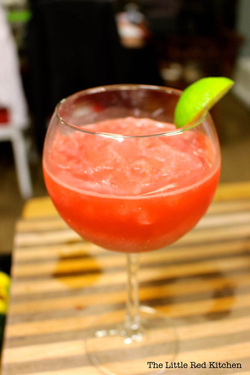 Ingredients (makes two hefty drinks)
2 cups cubed, frozen watermelon (seedless!)
1/2 cup lime juice
2 tsp honey (optional)
1/2 cup plain vodka (although I imagine coconut would be great, too!)
This recipe was originally intended for margaritas, but when you have company on a Saturday night and find yourself without tequila... you make do with what you have! As a happy accident, this turned out really well, and is a refreshing drink in either its cocktail or virgin form.
The idea came about when I realized that I had a watermelon that needed to be used... it was at its very sweetest, and there was no way that my husband and I could finish the whole thing ourselves.
I decided to cut it up into cubes and freeze it, and then meditate on the best way to make it into something delicious and full of liquor...
I'm sure you can spot the blunder I made here: not using seedless watermelon. (When I bought this bad boy, I was thinking, "It's just not summer if you're eating watermelon without spitting out the seeds." As a drink ingredient, however... not so much.) Once the watermelon cubes were frozen (that being the most-labor intensive part of this drink)... ...I threw everything into a blender (honey last, so it didn't stick to the blades), and pureed it into ice cold deliciousness: Deliciousness which is, of course, best enjoyed with friends (and maybe a lime wedge or two)! The lime flavor really brightens this whole drink, and the citrus bite is a great compliment to the sweet watermelon flavor-- hence the name! Enjoy!
- Kaitlin
We hope you liked our first Friday Evening Cocktail Hour! If you enjoy these themed posts, please let us know, and thanks for reading!
Cheese--Milk's leap towards immortality ~ Clifton Fadiman While the word “connoisseur” is a heavy one to throw around, I know I can safely say that I’m a cheese lover, and a cheese adventurer. There is no cheese I will not try, and while I rarely crave chocolate and starbursts (do people crave that?), I have had many a hankering for a crystalline chunk of cheddar, or a gooey baked brie with crunchy, salty pistachios atop. It’s just one of my go-to snacks; it’s the BFF of wine and crackers—some things I also love—and there’s so much variety at a good cheese counter, that you will never run out of things to try! That being said, when I saw a recipe for make-your-own cheese, that boasted versatility with a creamy and mild homemade happy ending, I had to give it a try. The recipe came to me, and now to you, from America’s Test Kitchen, and I’ve modified it slightly for best results. Ingredients: 1.5 quarts of whole milk 1.5 cups of buttermilk ½ tablespoon of salt The science: The acid in the buttermilk essentially curdles the whole milk, causing it to separate…in any other preparation, “milk” and “separate” are not two words you want together, but in this case, you need the curds (the good stuff) to separate from the whey (the watery stuff). Step 1: Line a colander or fine mesh strainer with a triple layer of cheese cloth, enough so that there is excess cloth hanging over the sides. Leave this in the sink and get to boiling the milk in a Dutch oven or large stock pot, over medium high heat. Whole milk is very viscous so this could take longer than you’d think, but be patient! Also, boiling milk is volatile! If you don't watch it carefully, I promise you you'll have a messy boil-over on your hands (I did). Step 2:
Once you’ve achieved said boil, whisk in the buttermilk and salt, let it stand for 1 minute, and then pour this mixture through the strainer with the cheese cloth in it. Let the newly formed curds drain for 15 minutes.
Step 3:
Next, pull those extra edges of cheese cloth together, and twist them to form a pouch of cheese. Note, the cheese will still be really hot at this point and fairly hard to handle, but if I can do it, so can you! You want to get out as much of that extra liquid as you can. Your curds will thank you!
Step 4:
At this point, take your cheese pouch and place it between two large dinner plates, and weigh the top plate down with a heavy pot, a small child, whatever you have on hand.
Step 5:
Forget about it for 45 minutes to an hour and just let it continue to drain and firm up. Well, don’t forget it completely…I went back every so often and pressed down firmly on the whole contraption to squeeze out even more
juice.
Step 6:
You’re done! You made cheese! At this point, you can do what I did and wrap it up in plastic wrap and refrigerate it until you want to use it. Uncut, this will keep in the fridge for up to 3 days. I used it for dinner that night, by making tikka masala sauce, cutting my cheese into ½ inch pieces, and simmering them for a couple minutes just to warm them through. Instant paneer tikka masala!
This recipe will make about 3 cups of the ½ inch pieces of cheese cubes.
Extras:
Actually, when I said in Step 6 that you made cheese, I was sort of lying, because you actually made cheese way back in Step 2. Once you have those loose wet curds, they are cheese! If you want you can combine the loose curds with fresh chopped herbs, a little cracked black pepper, spread it on some baguette slices, stick it under the broiler, and you will be singing show tunes with your makeshift ricotta.
If you enjoy cheese as much as I do, stay tuned on The Little Red Adventures, as I am currently writing to you from the cheese capital of America, Wisconsin, and will be sharing some tidbits of my trip on the blog!
Stay hungry!
~Lauren
|

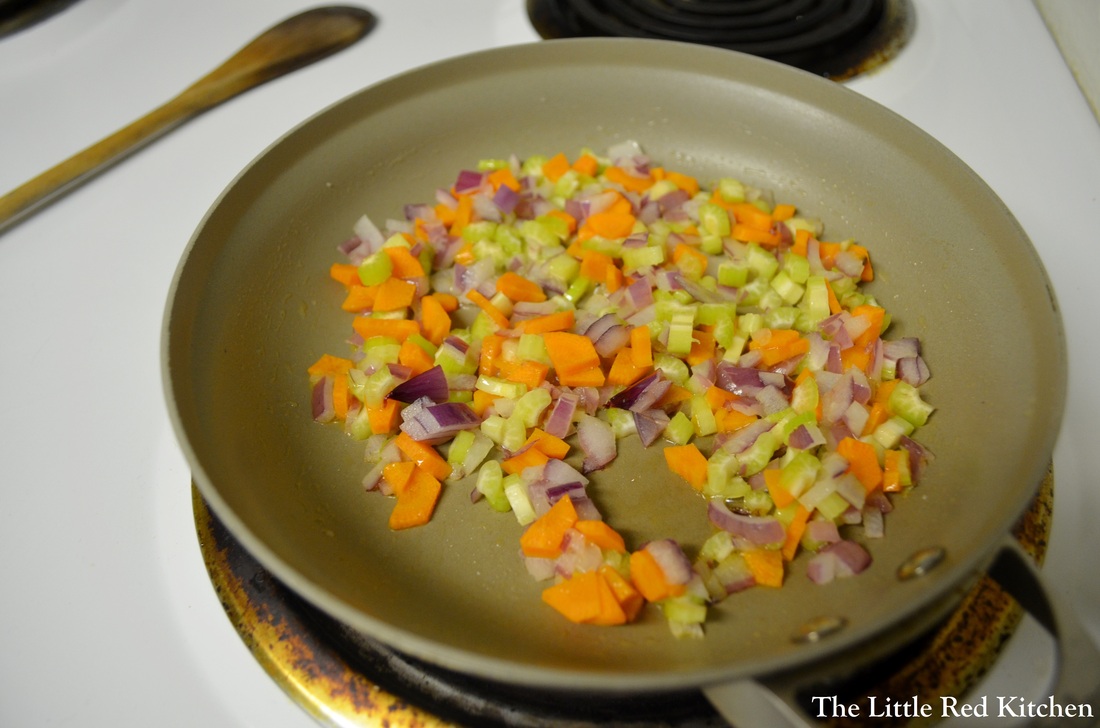
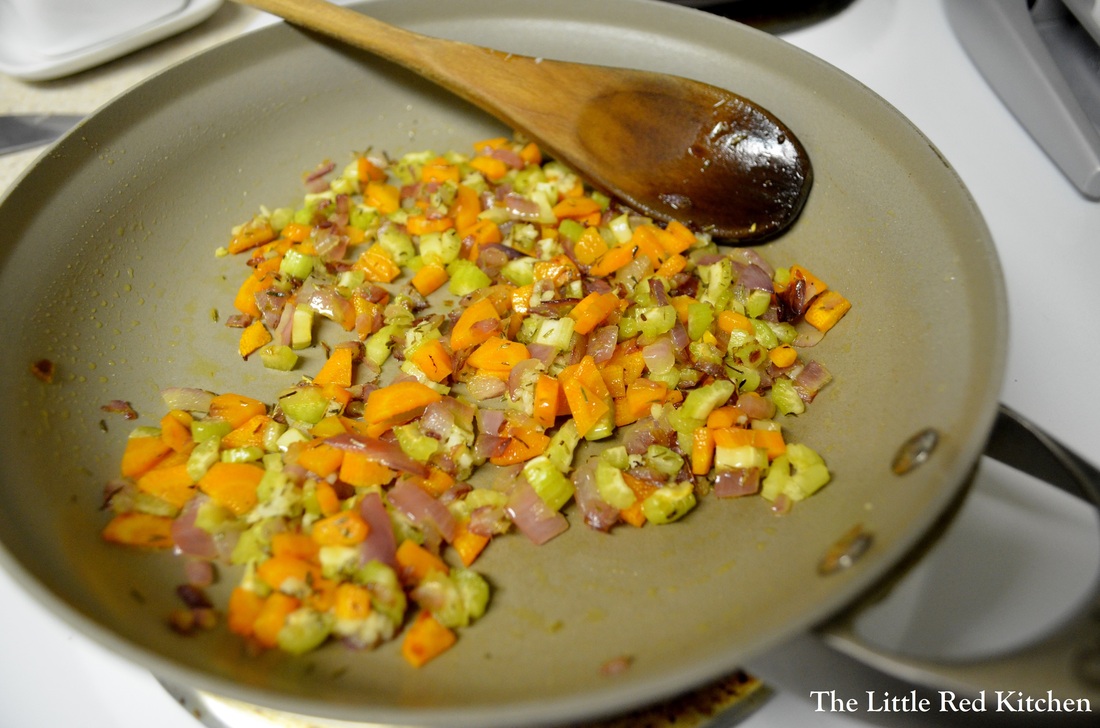
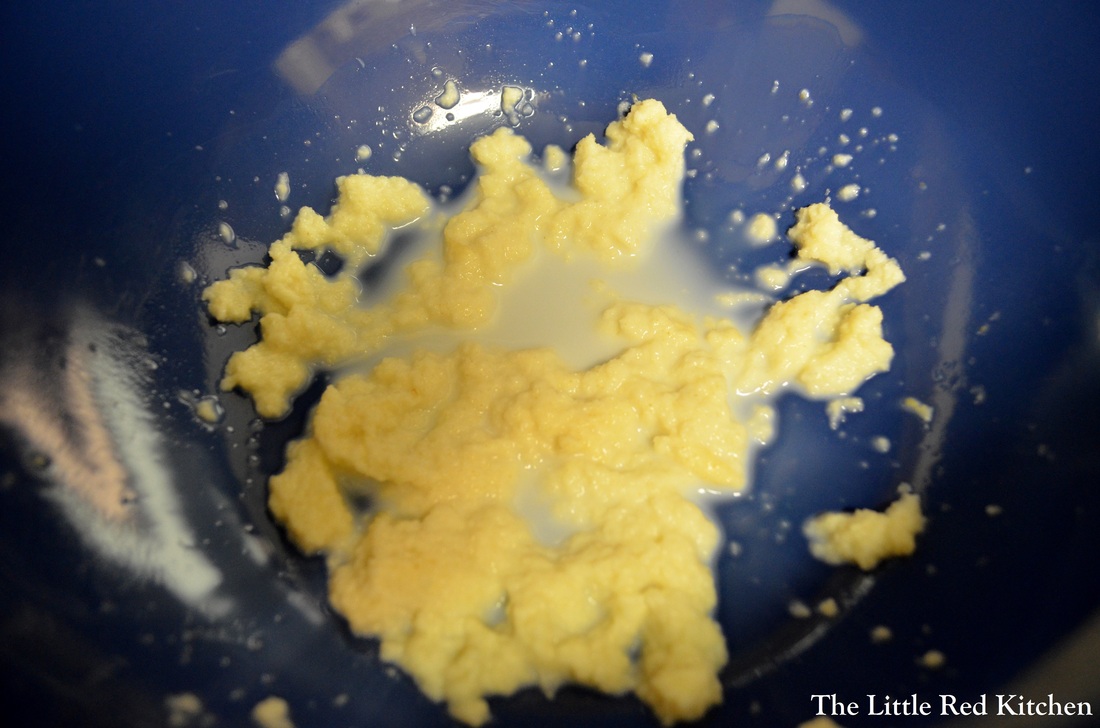
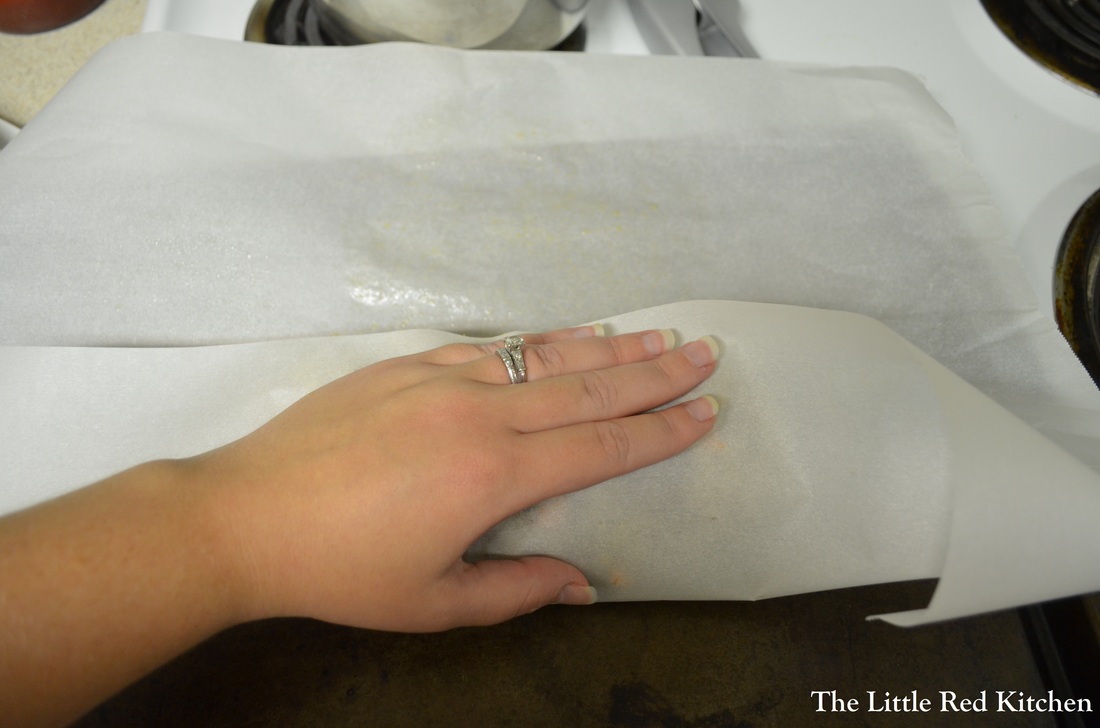
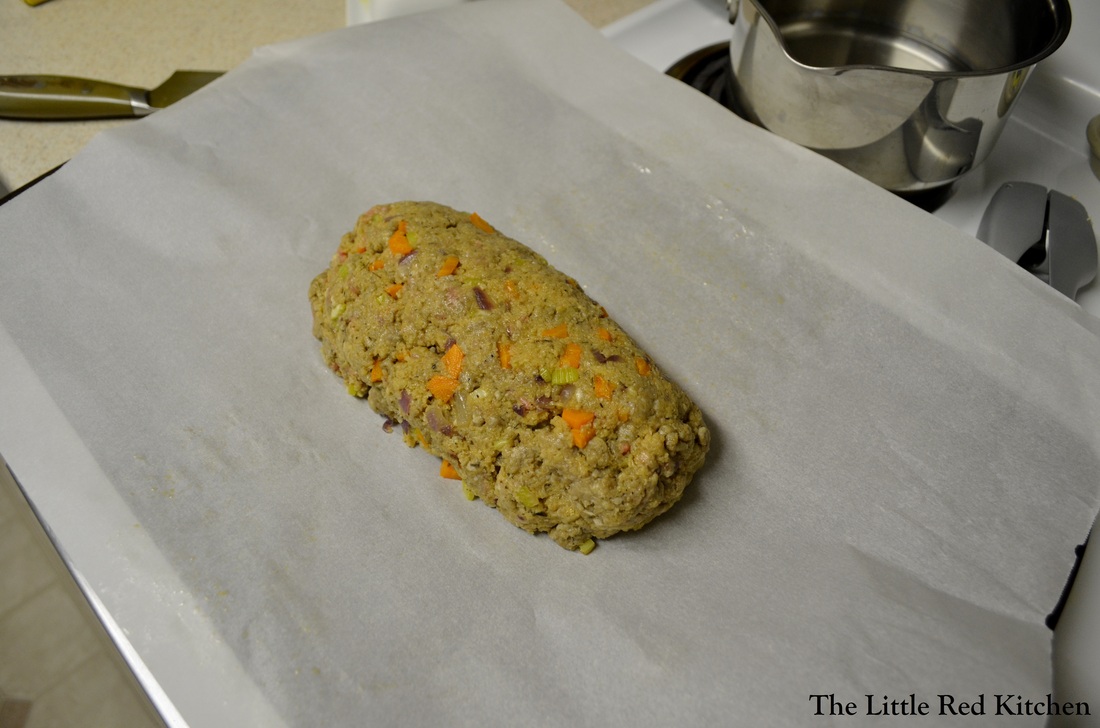
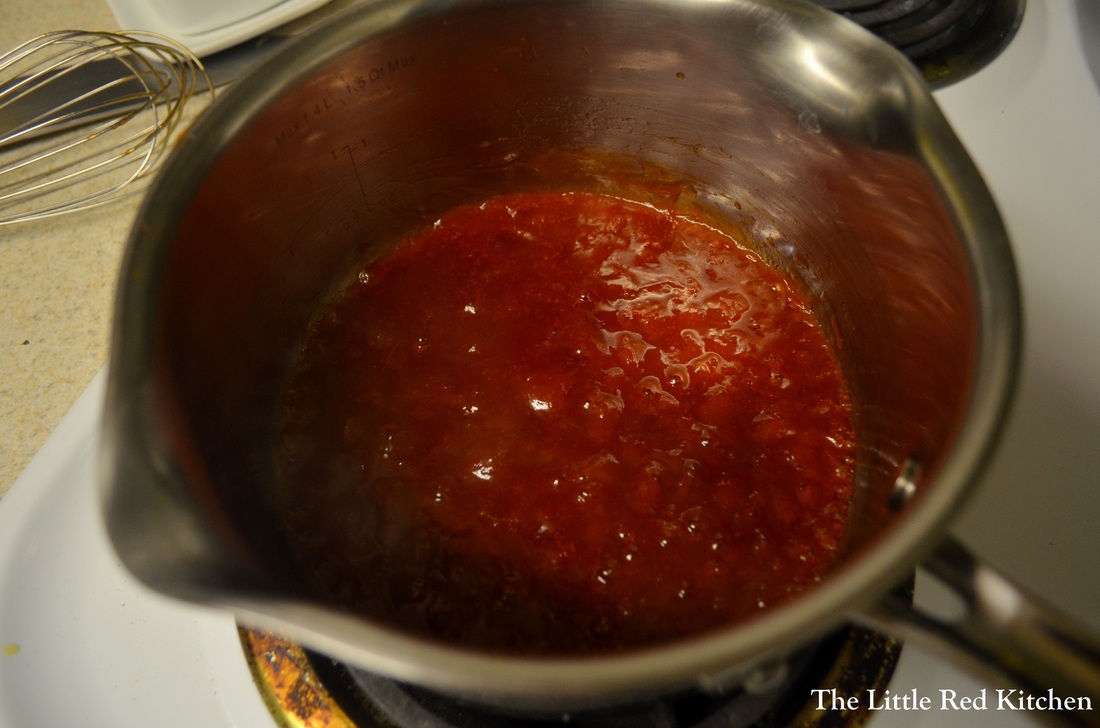
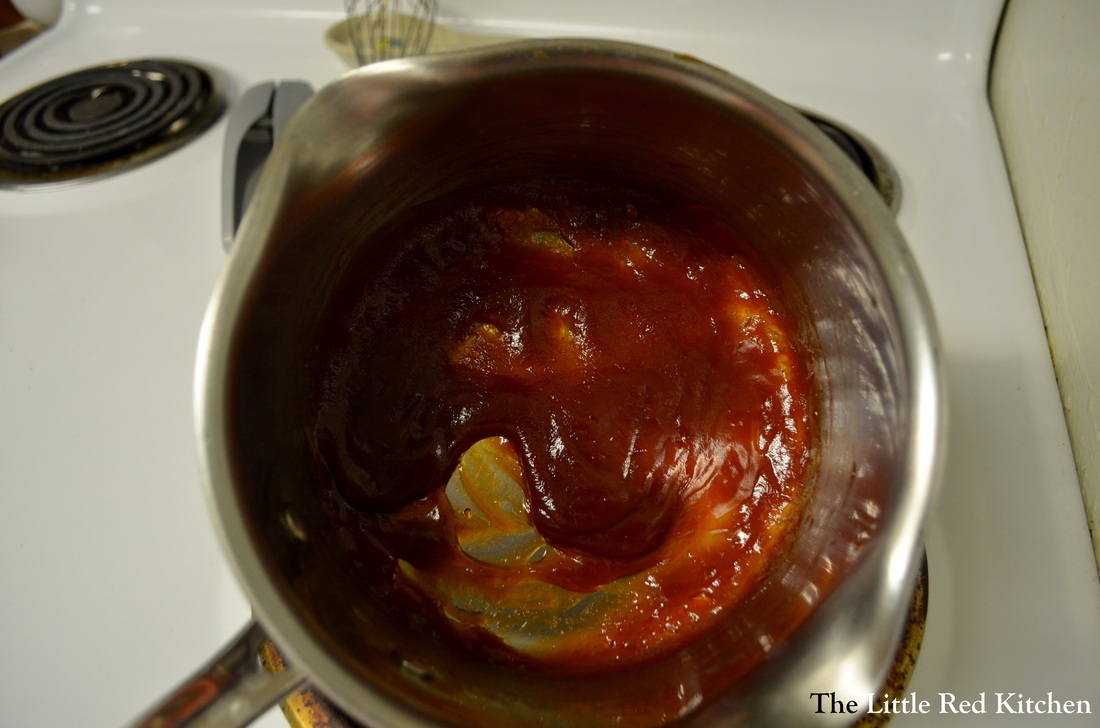
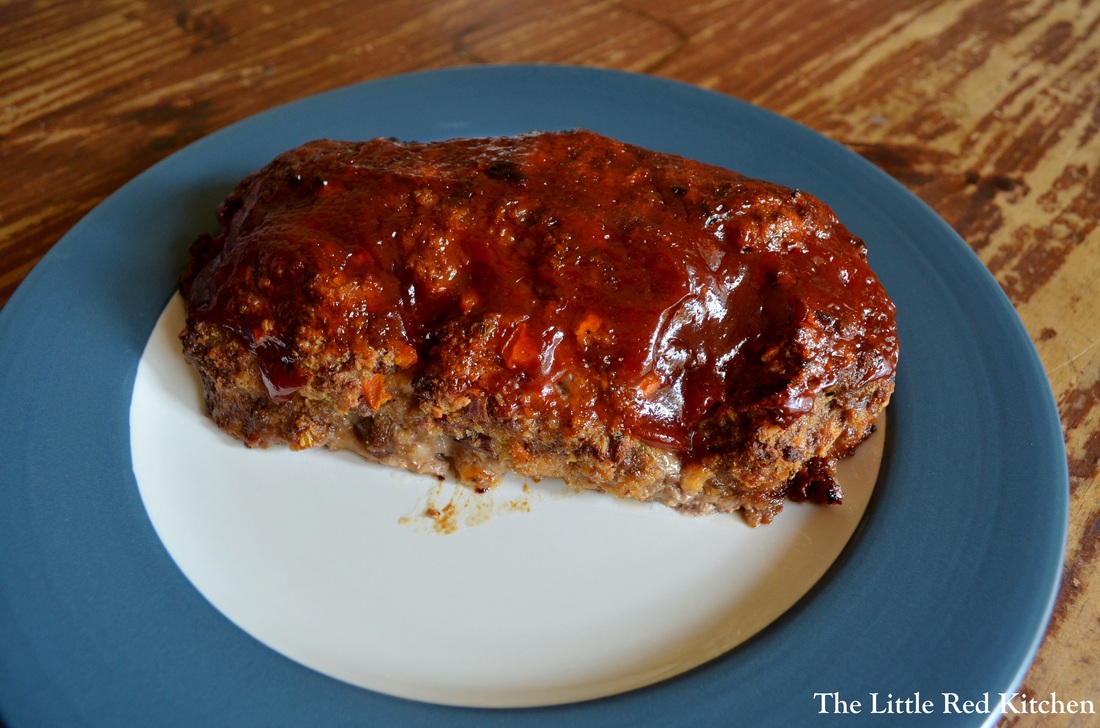

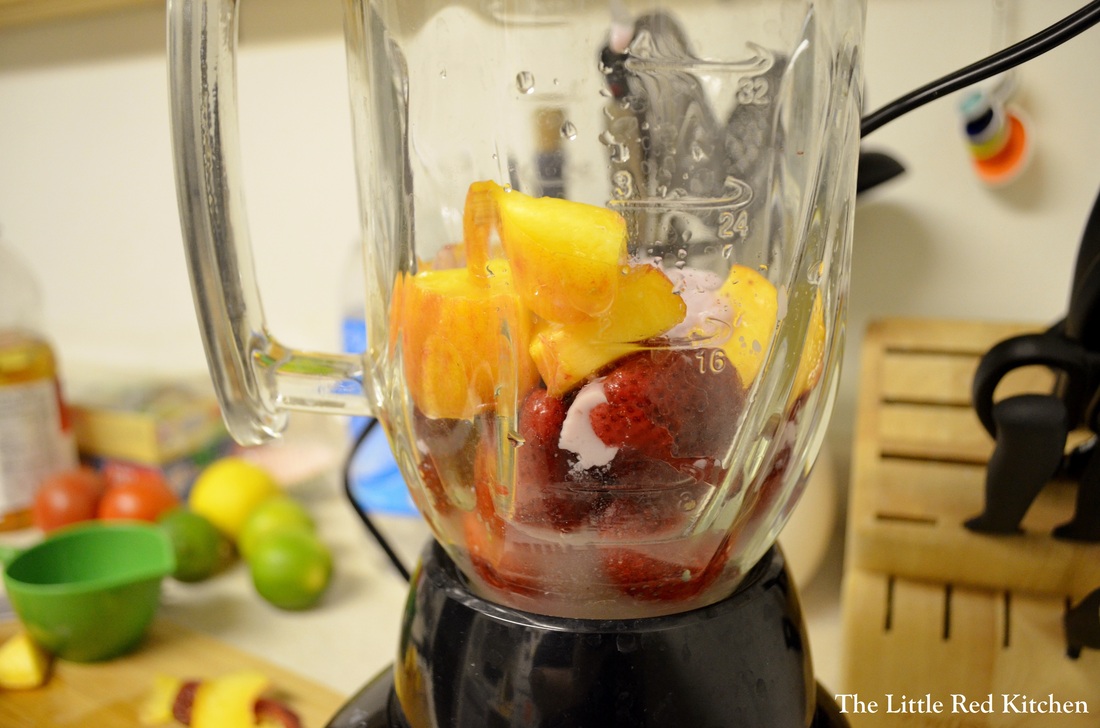
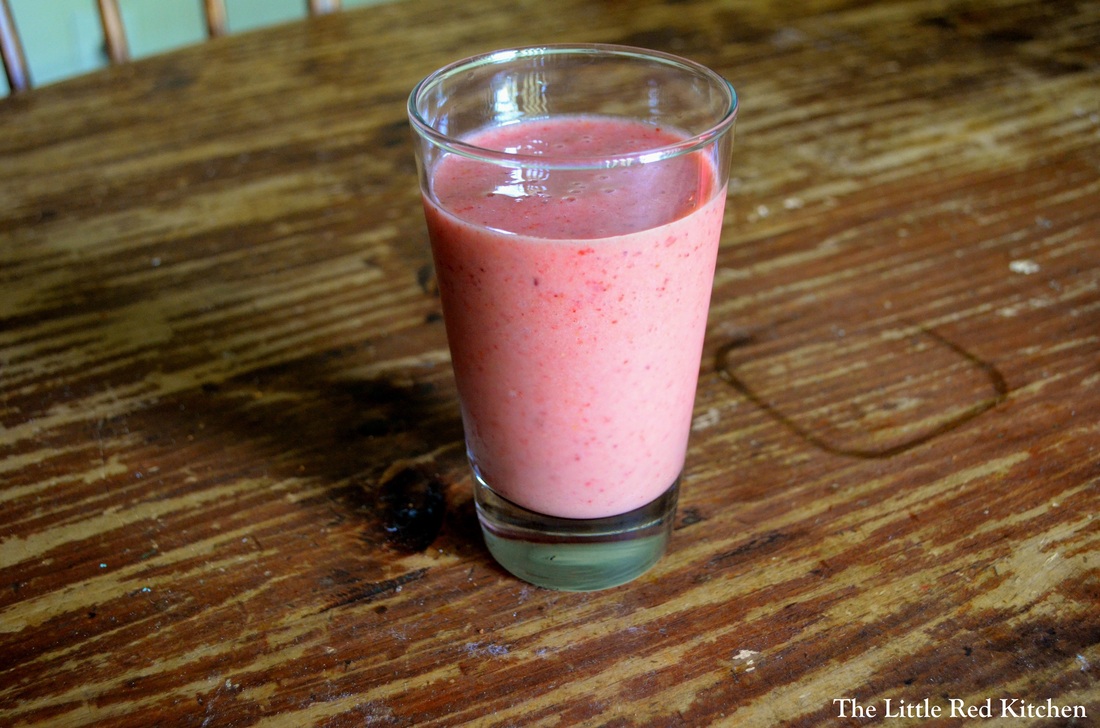

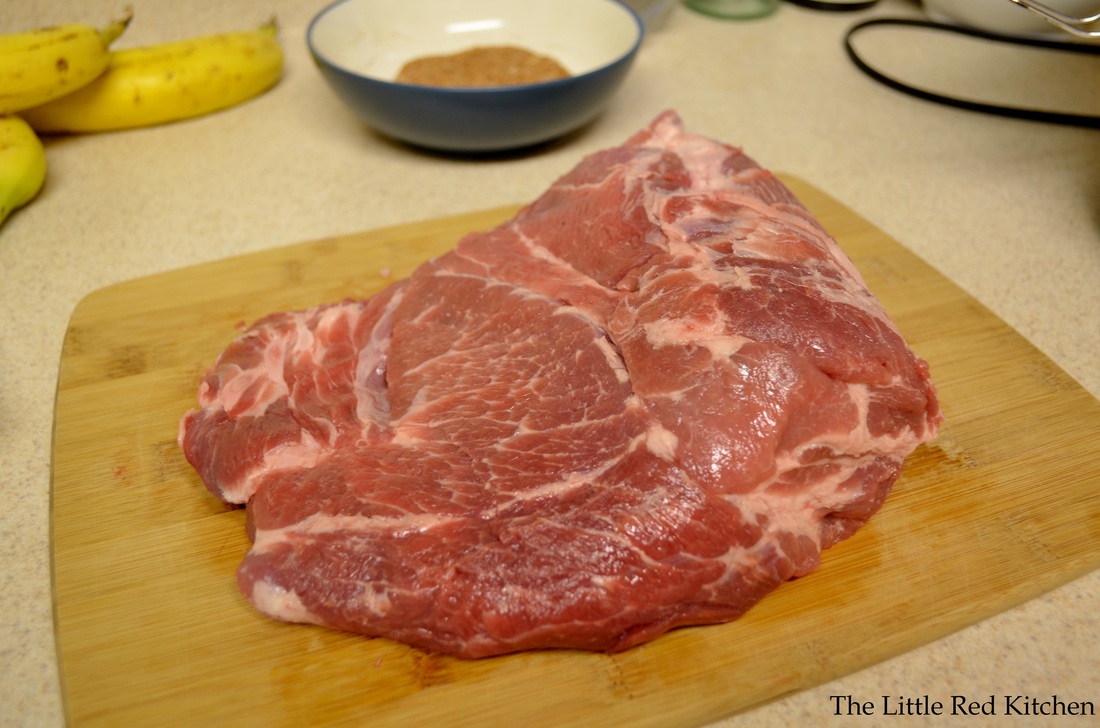
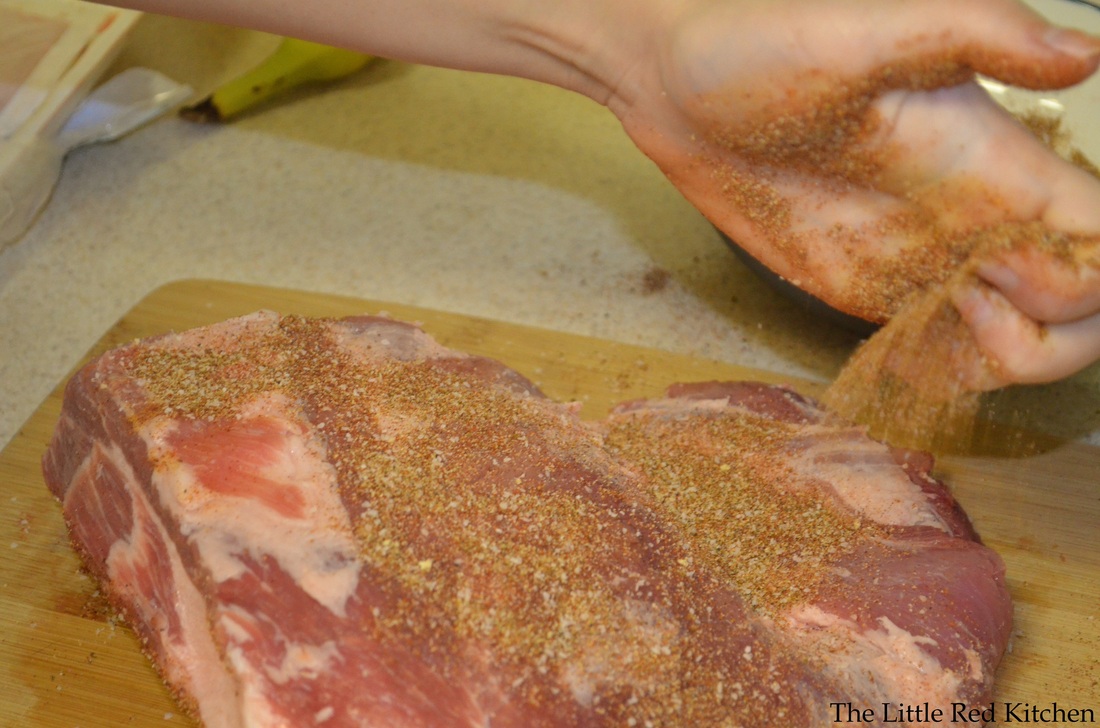
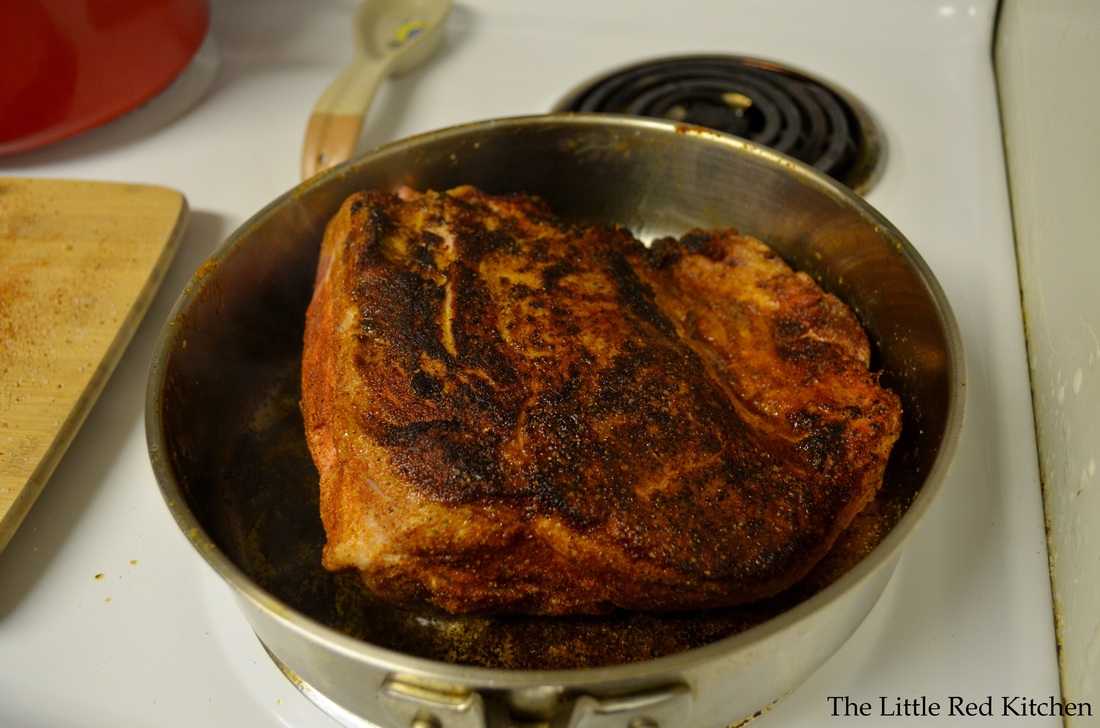
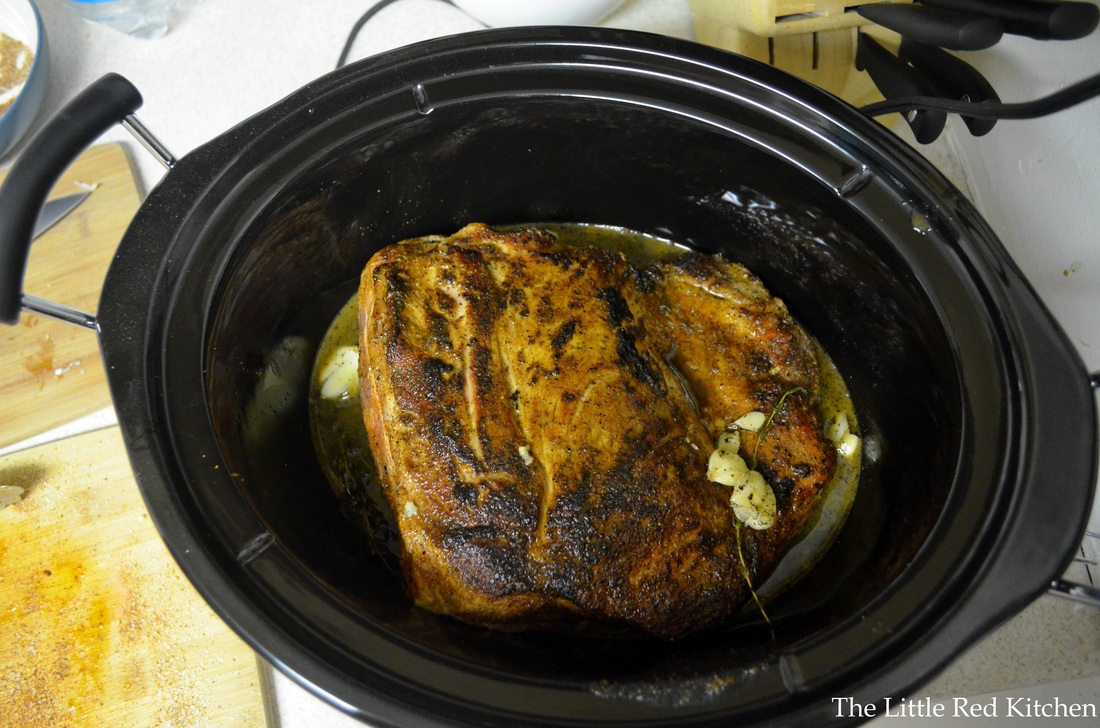
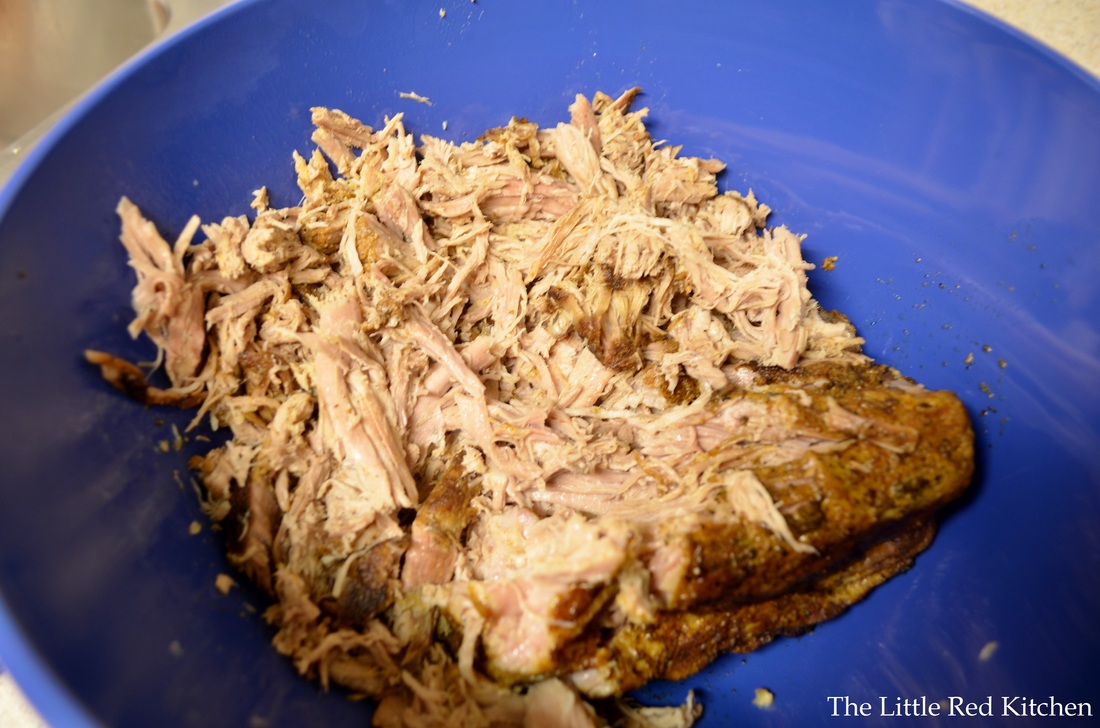
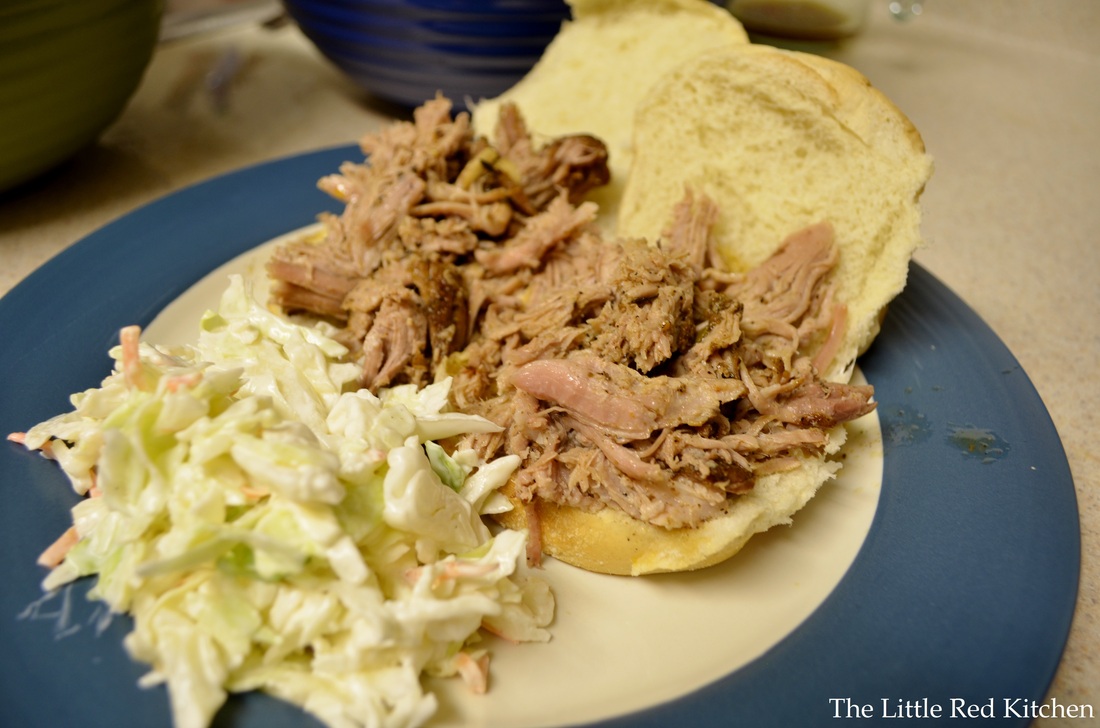

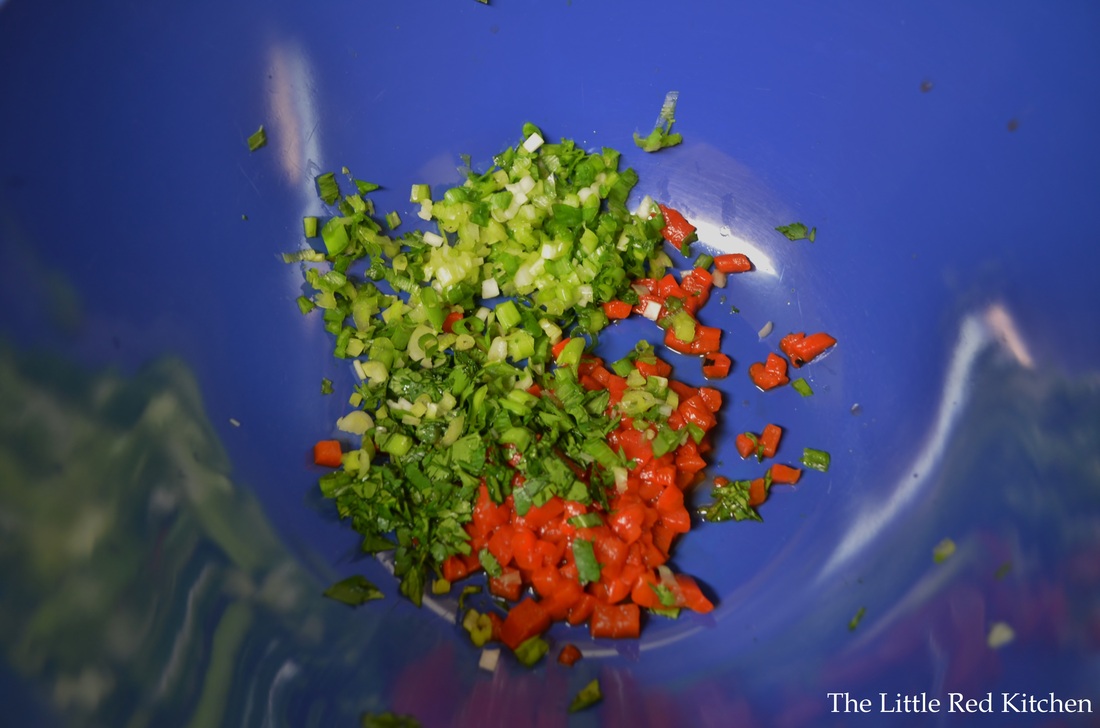
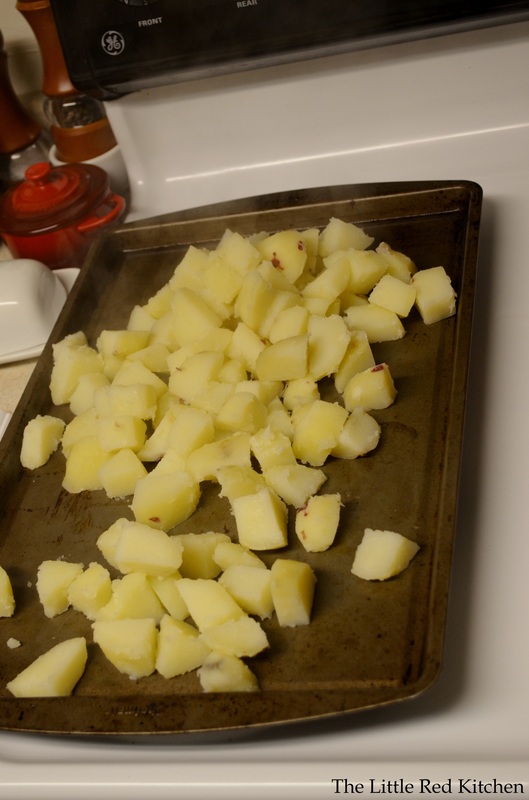

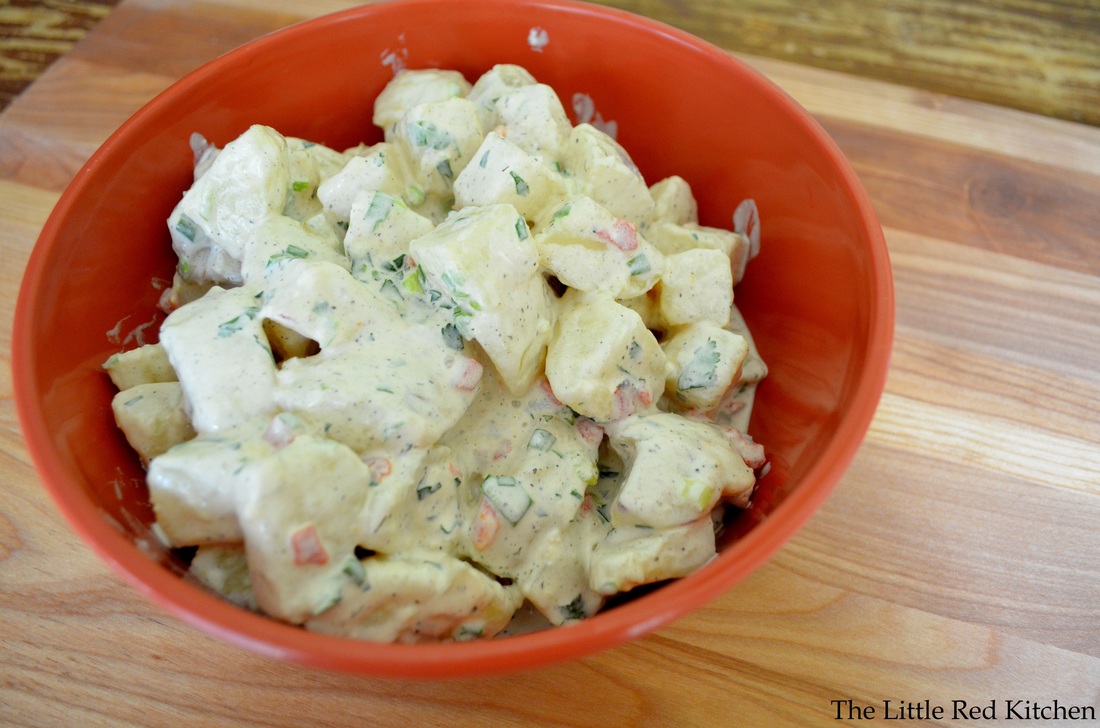

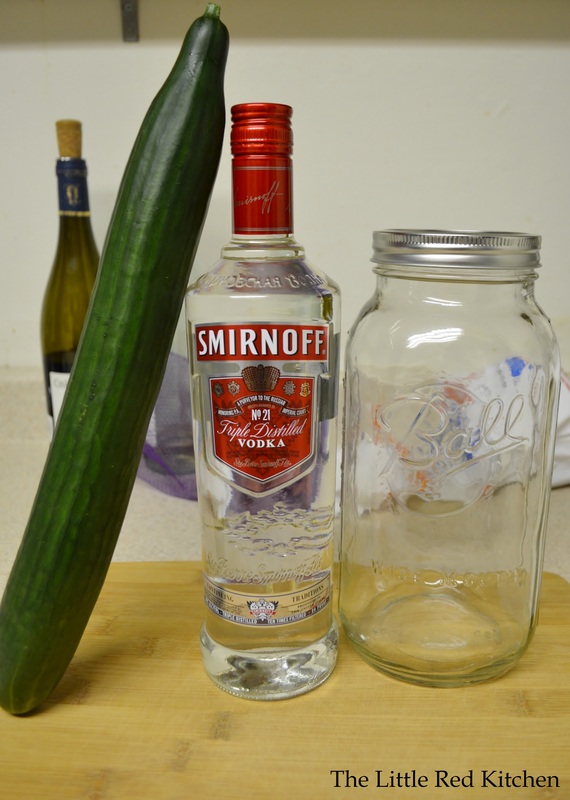
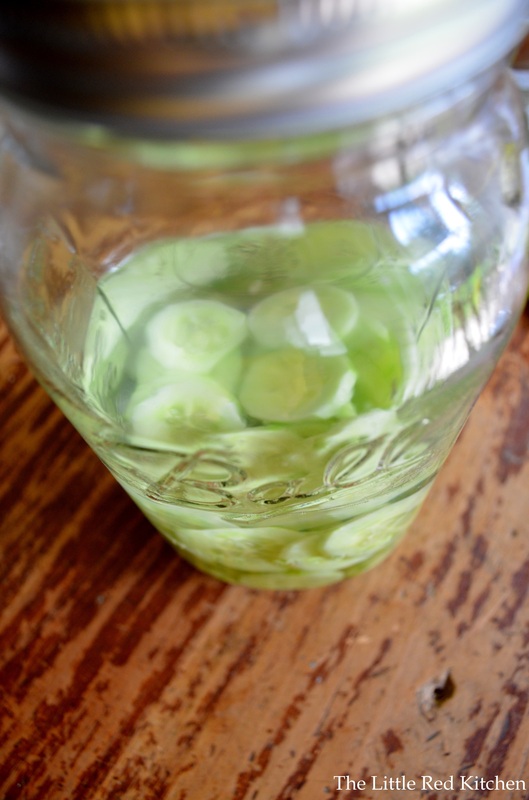
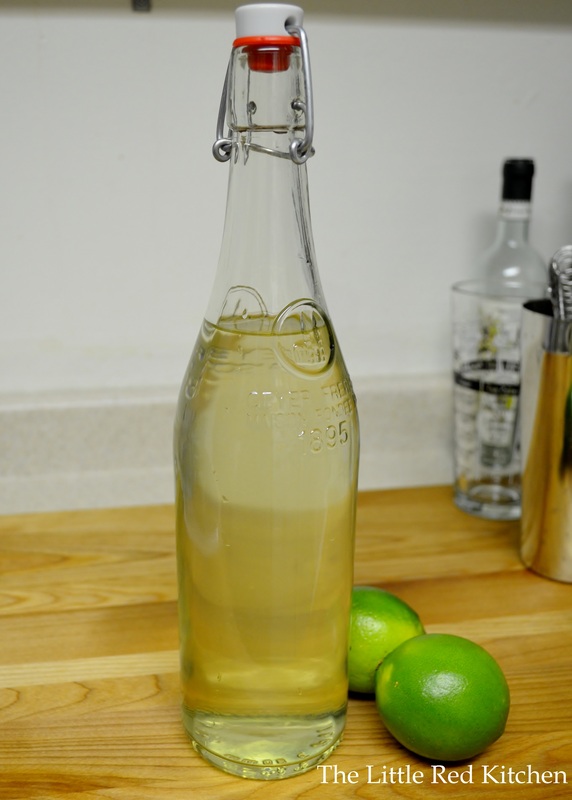
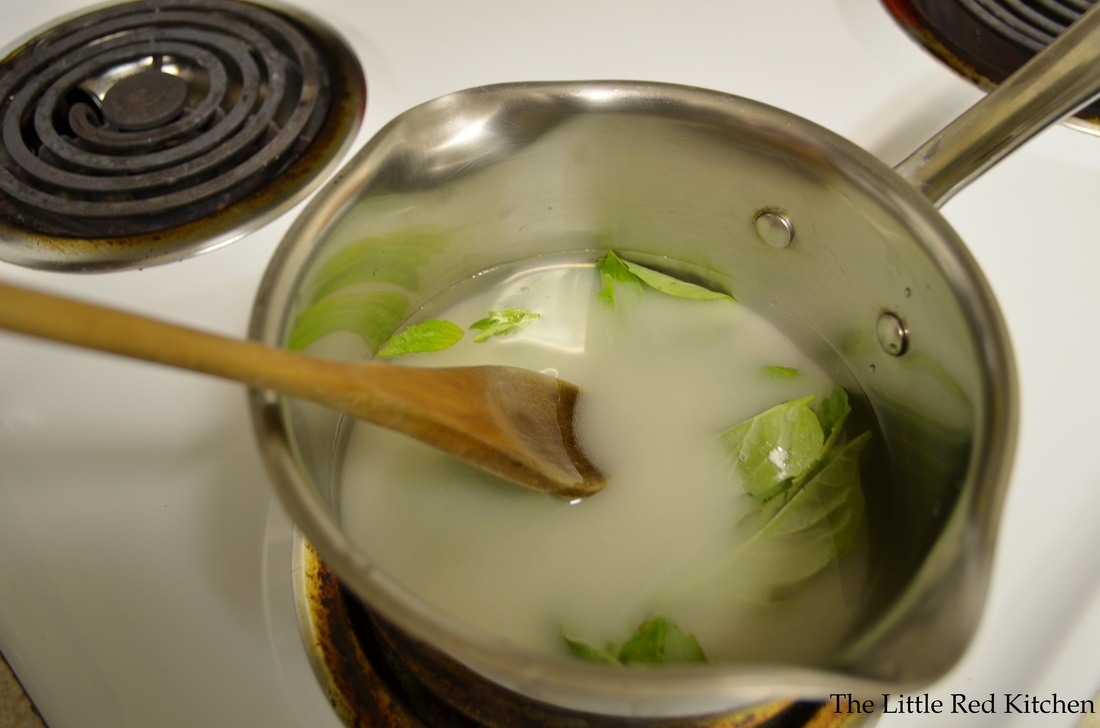
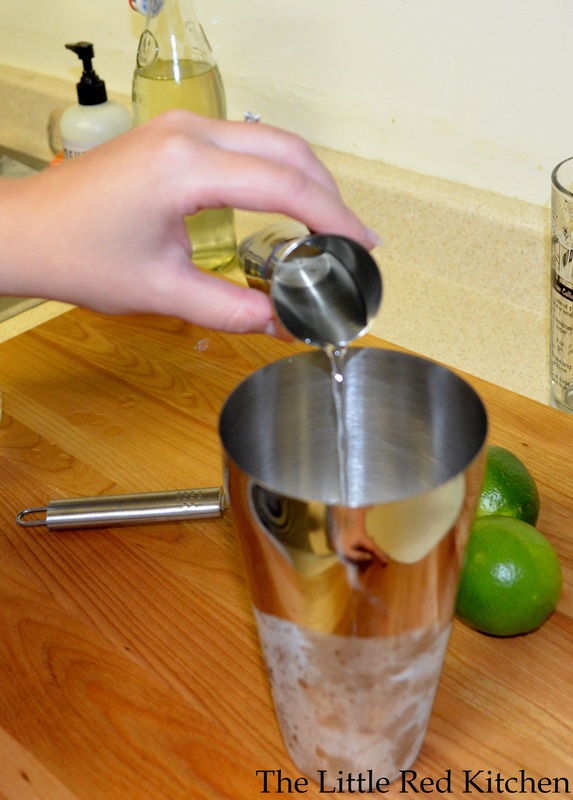
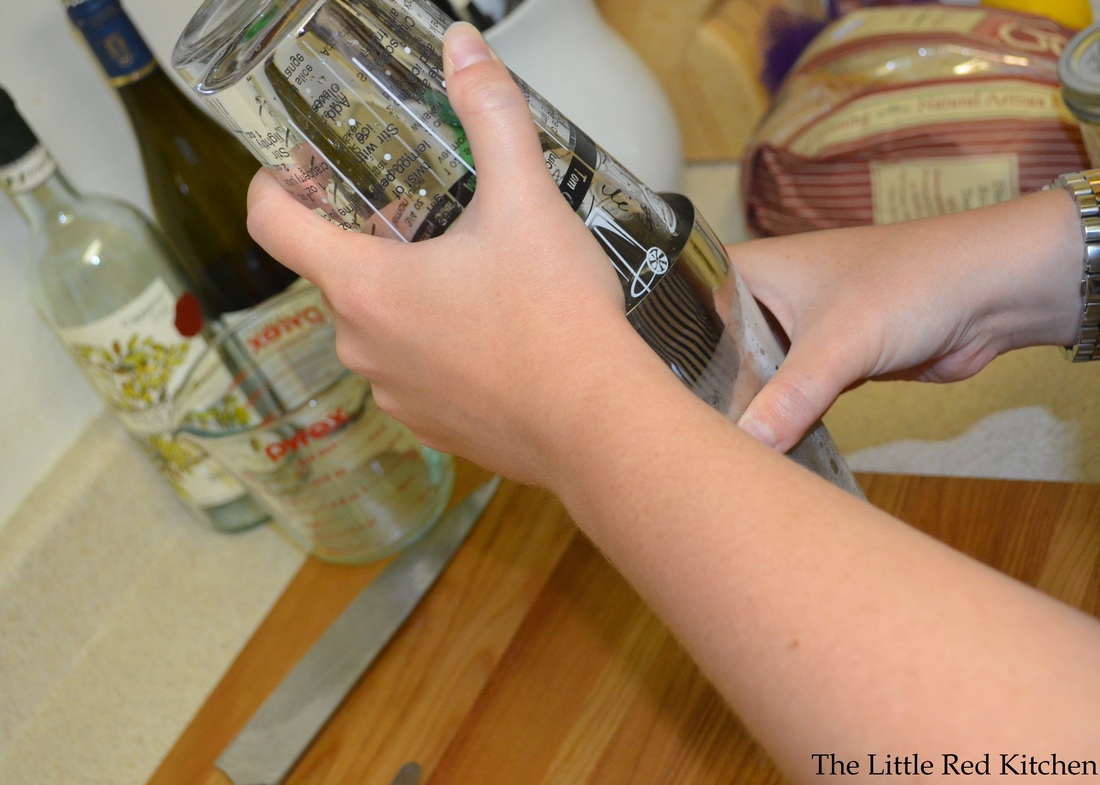
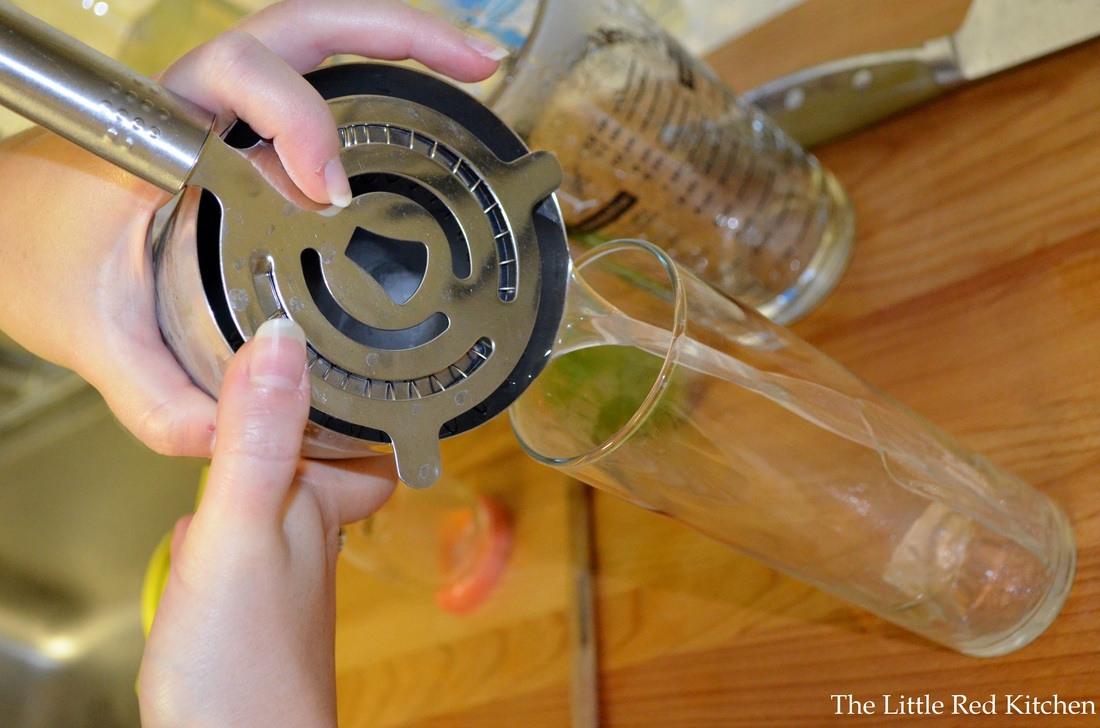
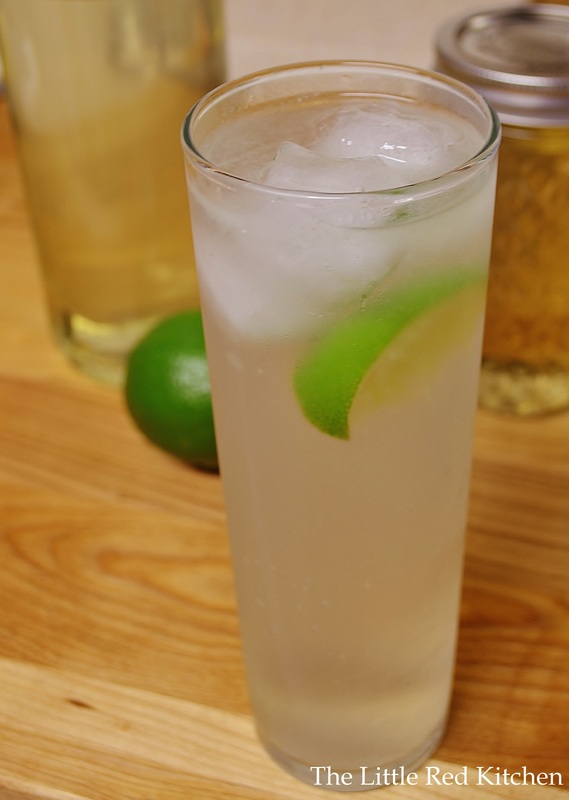

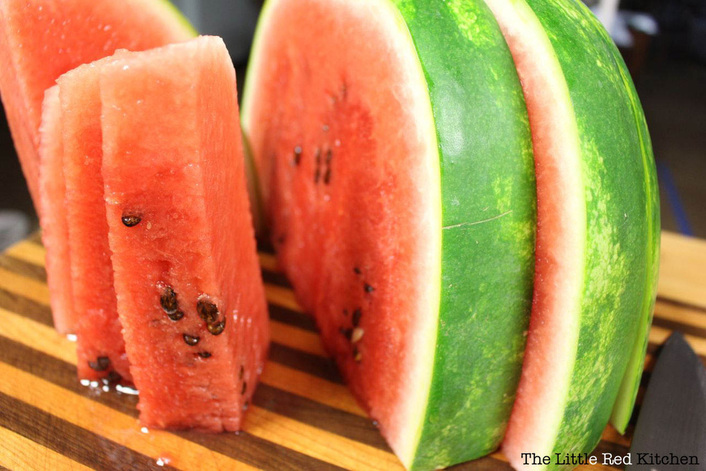

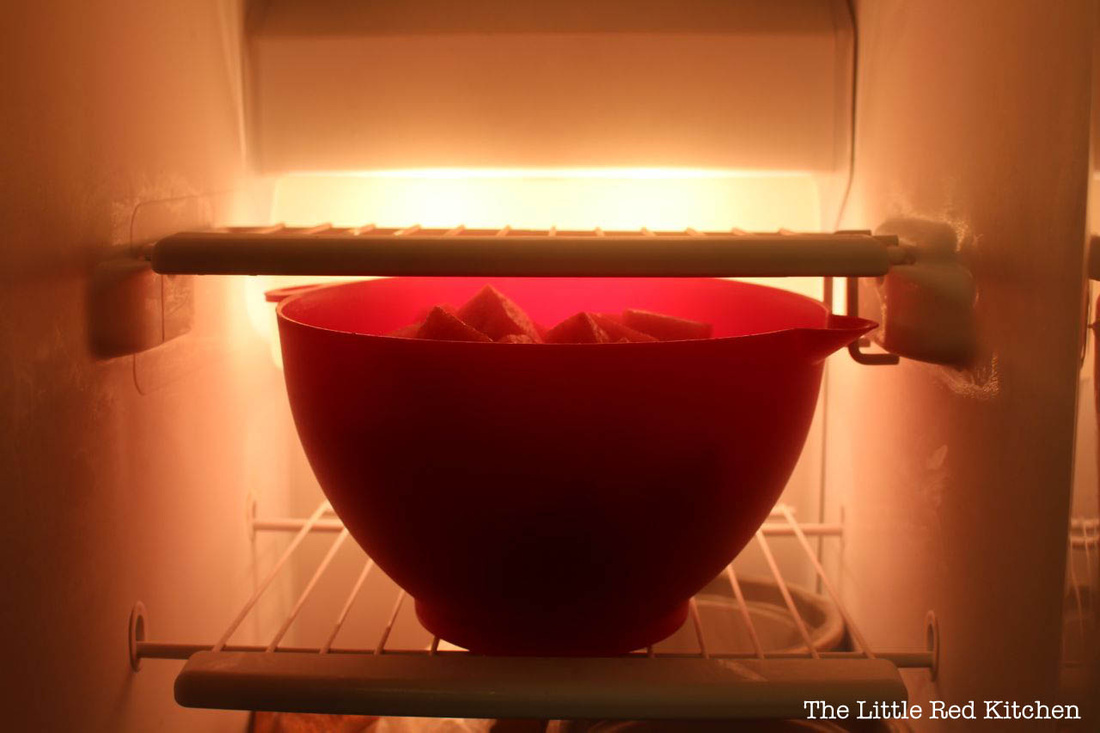
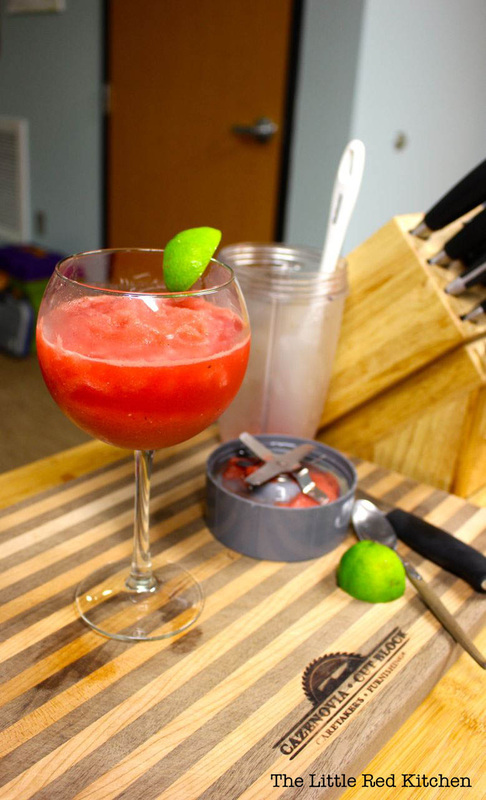
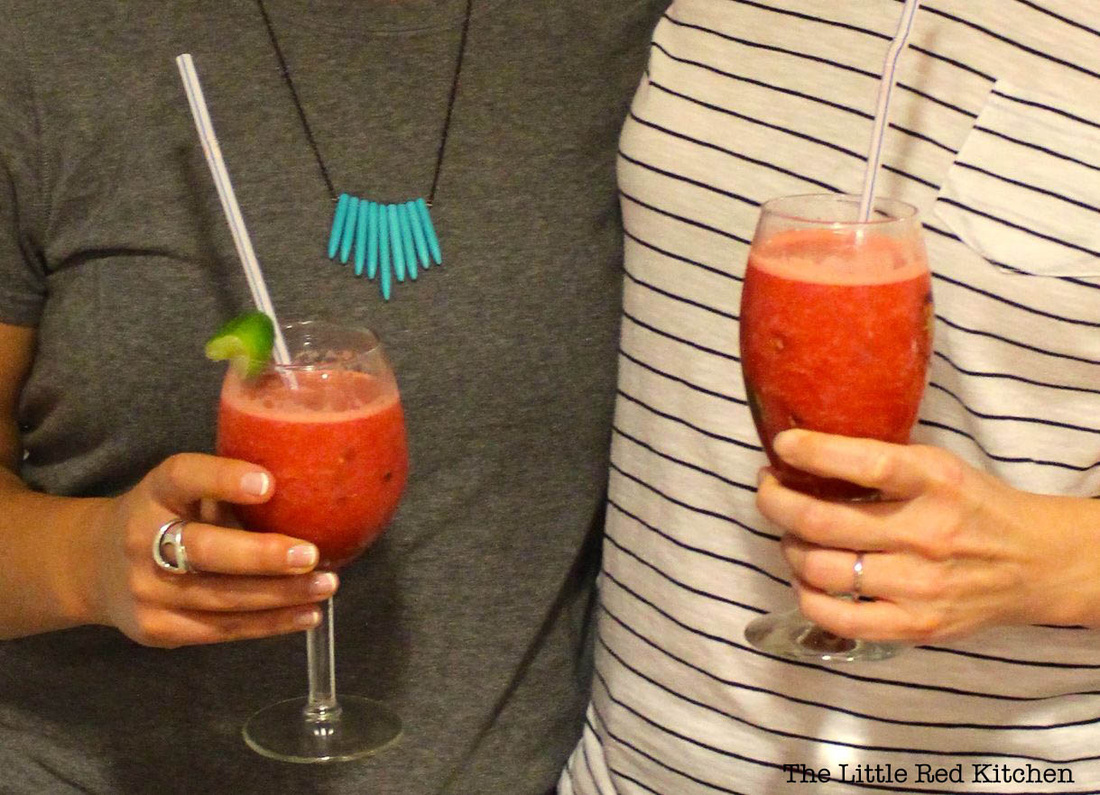

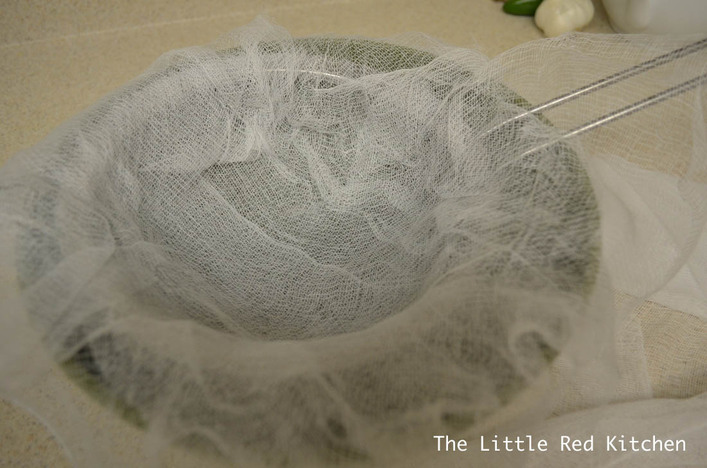
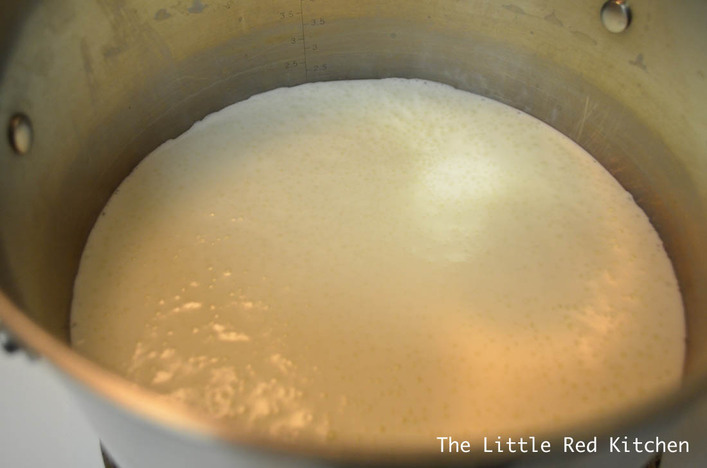
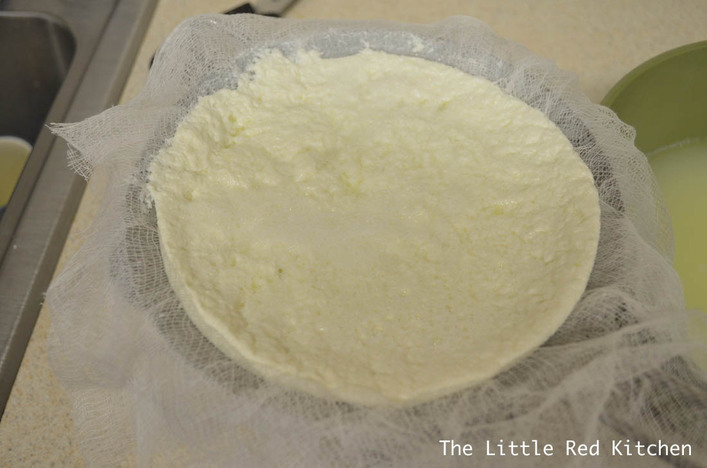
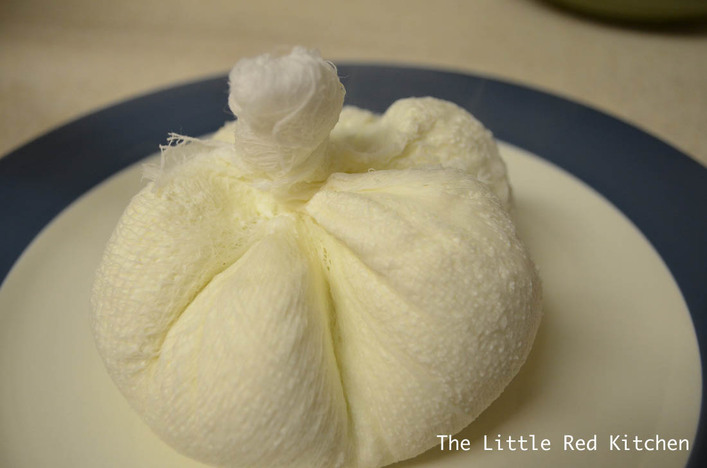
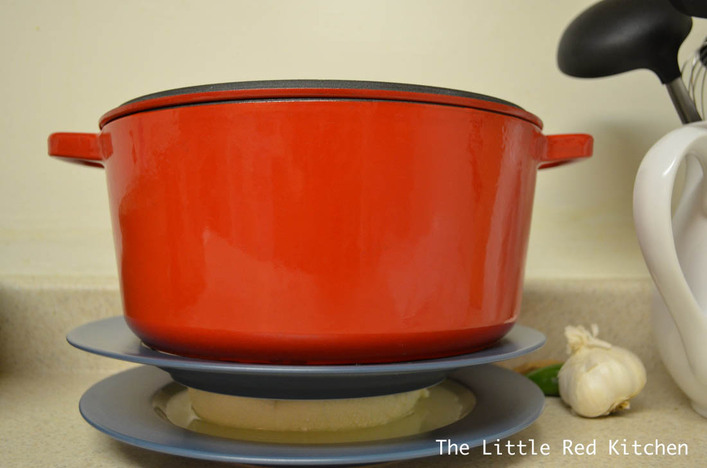
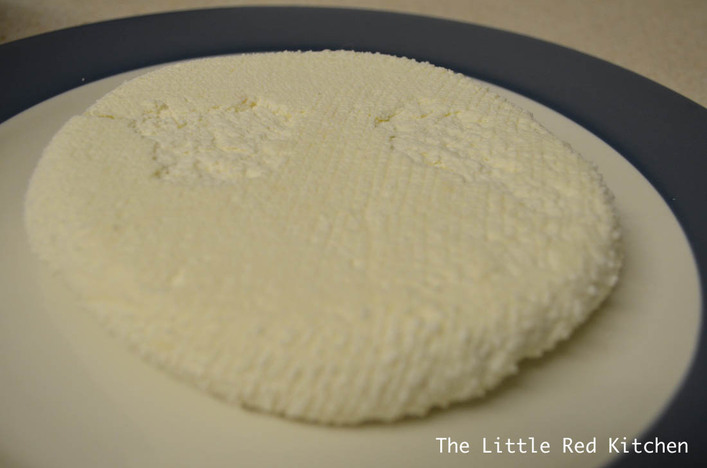
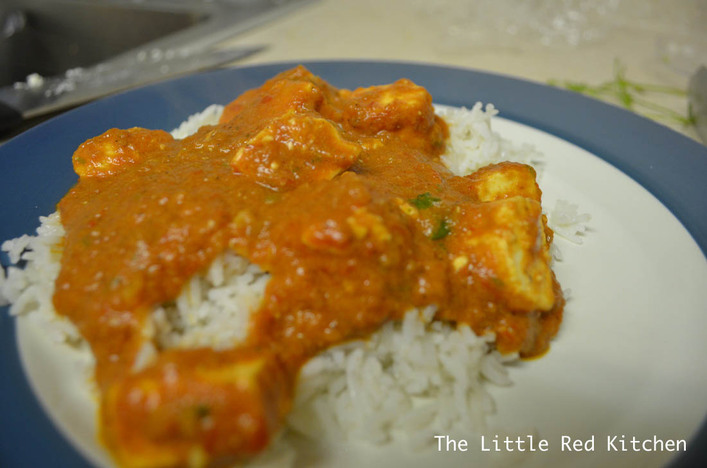

 RSS Feed
RSS Feed